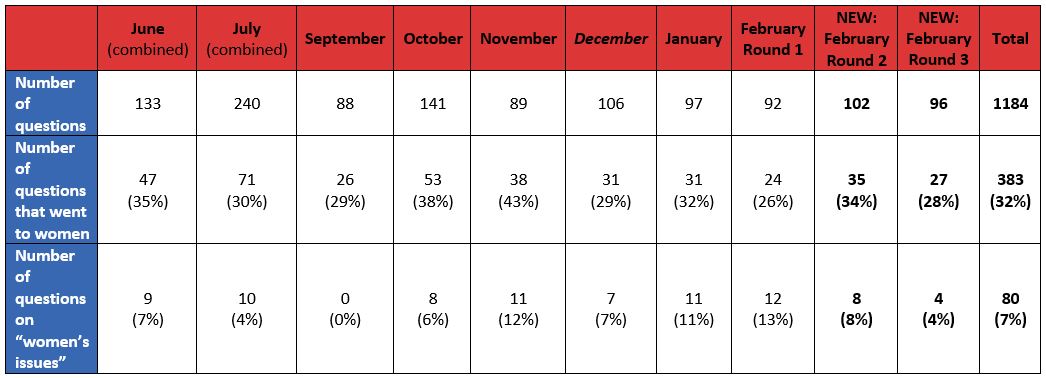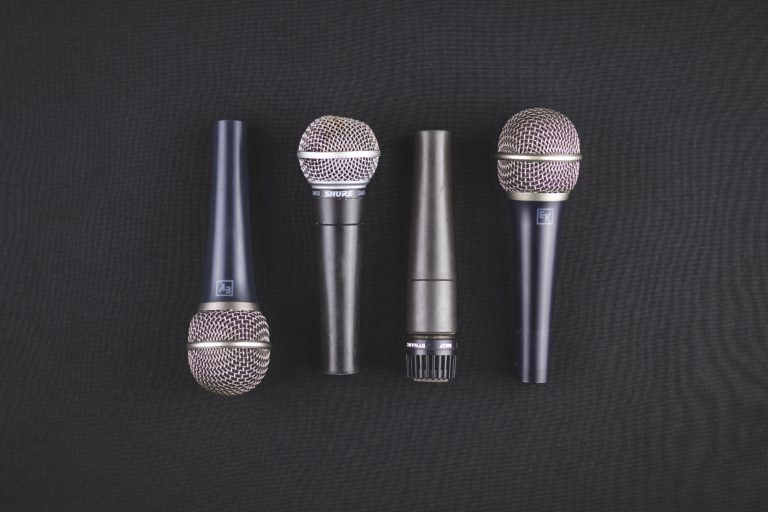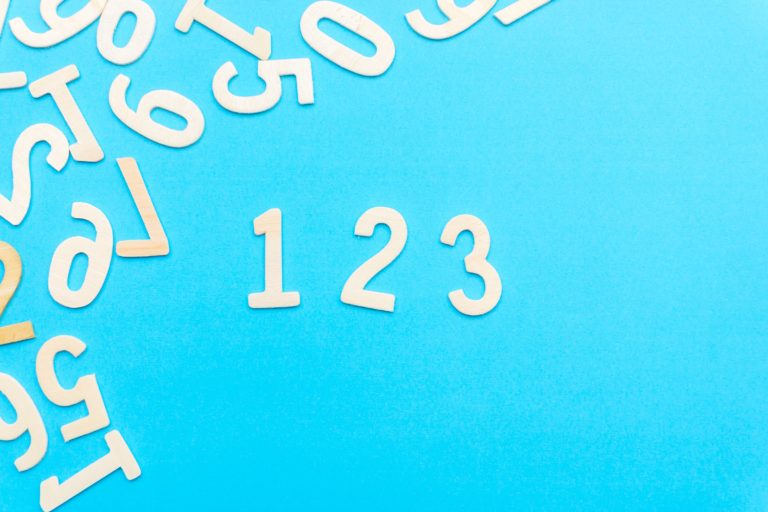Two debates down, ten to go. As we head into the third match-up of…
UPDATED: Ten debates down, two to go.

This post has been updated to include the January and 1st February debate.
As we head into the eleventh match-up of the cycle, here’s a look back at what we’ve seen so far, and what we’re looking for later this month…
First, some context.
Here are some recent posts to help contextualize the debates we’ve seen so far, and the ones to come:
- NEW: But… are women electable? (Spoiler alert: yes)
- Gender at the Iowa Caucus
- Women voters stepped up and are not backing down.
- Women Running for Executive Office Are Ready, Willing & Electable
- Think you know who is electable? New research looks at what is electable.
- Likeability v. Electability: Different Word, Same Sexism
- The experience of gender in the 2020 Presidential race
- The Evolving Picture of An Elected Official – No Longer Just A White Man in a Suit
Let’s look at the debates we’ve had so far…
June. The first democratic primary debate kicked off on June 26th featuring 20 candidates and six women, across two nights. You can see the full breakdown of the questions here, and our key takeaways here.
July. The July debate was also spread across two nights, 10 candidates each. The question breakdown is here, and key takeaways are here.
September. The September debate saw the field narrow a bit, and with 10 candidates qualifying, it was held on just one night instead of two. The question breakdown is here, and key takeaways are here.
October. October was also a one-night event, but it broke a few records. With twelve candidates on stage and four of them women, this debate marked the largest primary debate and the highest number of women in a major debate ever. The question breakdown is here, and key takeaways are here.
November. November was another record-breaking debate. With four women on stage and four women in the moderators’ chairs, women made up over half of the debate participants. The night also saw a boost in the number of questions asked on women’s issues. The full question breakdown is here, and key takeaways are here.
December. December brought least-diverse debate we’ve seen so far, with just seven candidates on stage, six of them white. However, across from the stage, this debate was the first to feature multiple women of color moderators, which opened the door to a wider, more inclusive range of questions. The full question breakdown is here, and key takeaways are here.
NEW: January. The first Democratic primary debate of 2020 – and the last debate before voting began in the Iowa presidential caucuses – was also the smallest debate so far. Only six candidates qualified to participate, but two out of the three women still running for president were on stage. The full question breakdown is here, and key takeaways are here.
February Round 1. Four days after the chaotic Iowa caucuses and four days before the high-stakes New Hampshire primary, seven democratic presidential contenders, including two of the three remaining female candidates took the stage. This debate broke the 2020 cycle record for the most questions related to women’s issues. The pre-debate predictions are here, and the full question breakdown is here.
February Round 2. The Associated Press dubbed the 9th Democratic debate “Fight Night in Vegas,” which pretty much summed up the contentious evening that included newcomer Michael Bloomberg. And for the first time, the two female candidates, Elizabeth Warren and Amy Klobuchar, led the debate in speaking time. The pre-debate predictions are here, and the full question breakdown is here.
February Round 3. In Charleston, SC, candidates took the stage for the last time before Super Tuesday. The full question breakdown is here, and key takeaways are here.
And when you put them all together:

Note: These tallies include questions and rebuttal prompts directed at candidates
Looking ahead.
As you can see by the numbers, while women fielded their fair share of questions and rebuttal prompts in the debates, questions related to women’s issues have been few and far between, although, the January and February debates did help boost these numbers from 5% to 7%. However, while women make up 51% of the population, topics such as reproductive rights, child care, pay equity, paid family leave, caregiving, and sexual harassment have yet to receive substantial airtime.
Follow along with us on Twitter during the upcoming debates at @OnGender for our real-time gender analysis.






